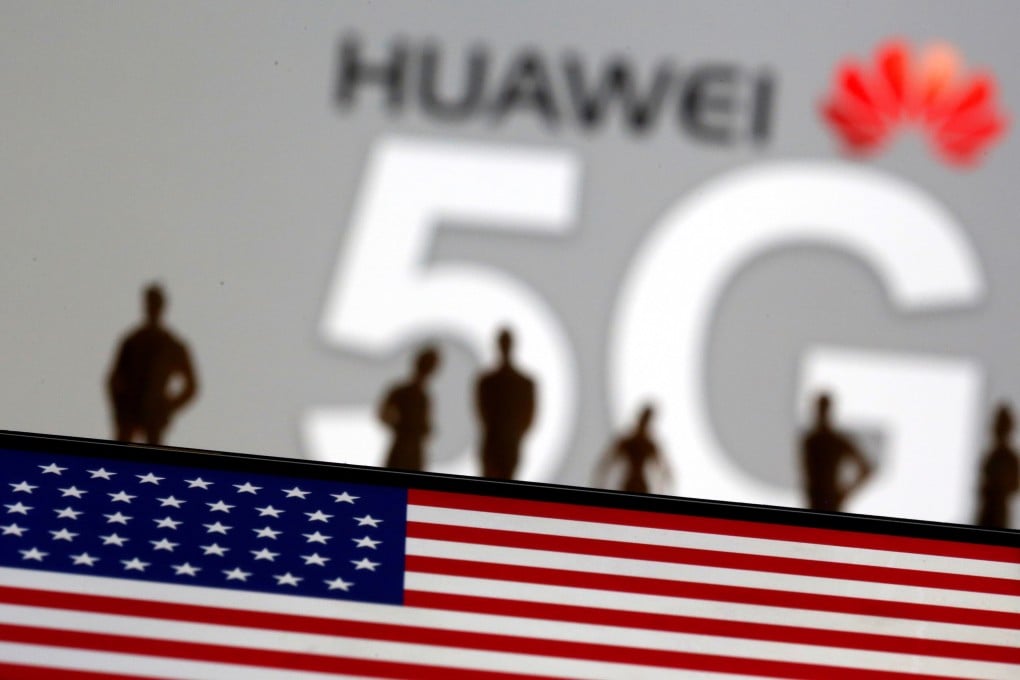US tech firms to remain involved with Huawei on 5G standards as Washington eases hard line
- The Trump administration announced a rule change on Monday that ensures US tech firms can work with Huawei in international 5G standards-development activities
- That marked a rare move from Washington to allow continued cooperation with Huawei, which was put on the US trade blacklist last year

The US Commerce Department and other agencies signed off on a rule change on Monday that ensures Huawei’s inclusion in a US trade blacklist will not prevent American companies from international 5G standards-development activities.
“This is not a friendly gesture by the US, but simply a reflection on its part that it is too late and too expensive for any country to develop its own 5G standard,” Jefferies equity analyst Edison Lee said on Tuesday.
In a statement released late on Tuesday, Huawei said it wants “to continue holding sincere discussions in relation to standards for new technologies with our counterparts, including those in the US”.
“Inclusiveness and productive dialogue will better promote the formulation of technical standards and encourage the healthy development of the industry and the global economy,” the company said. “Huawei’s stance remains unchanged on these matters.”